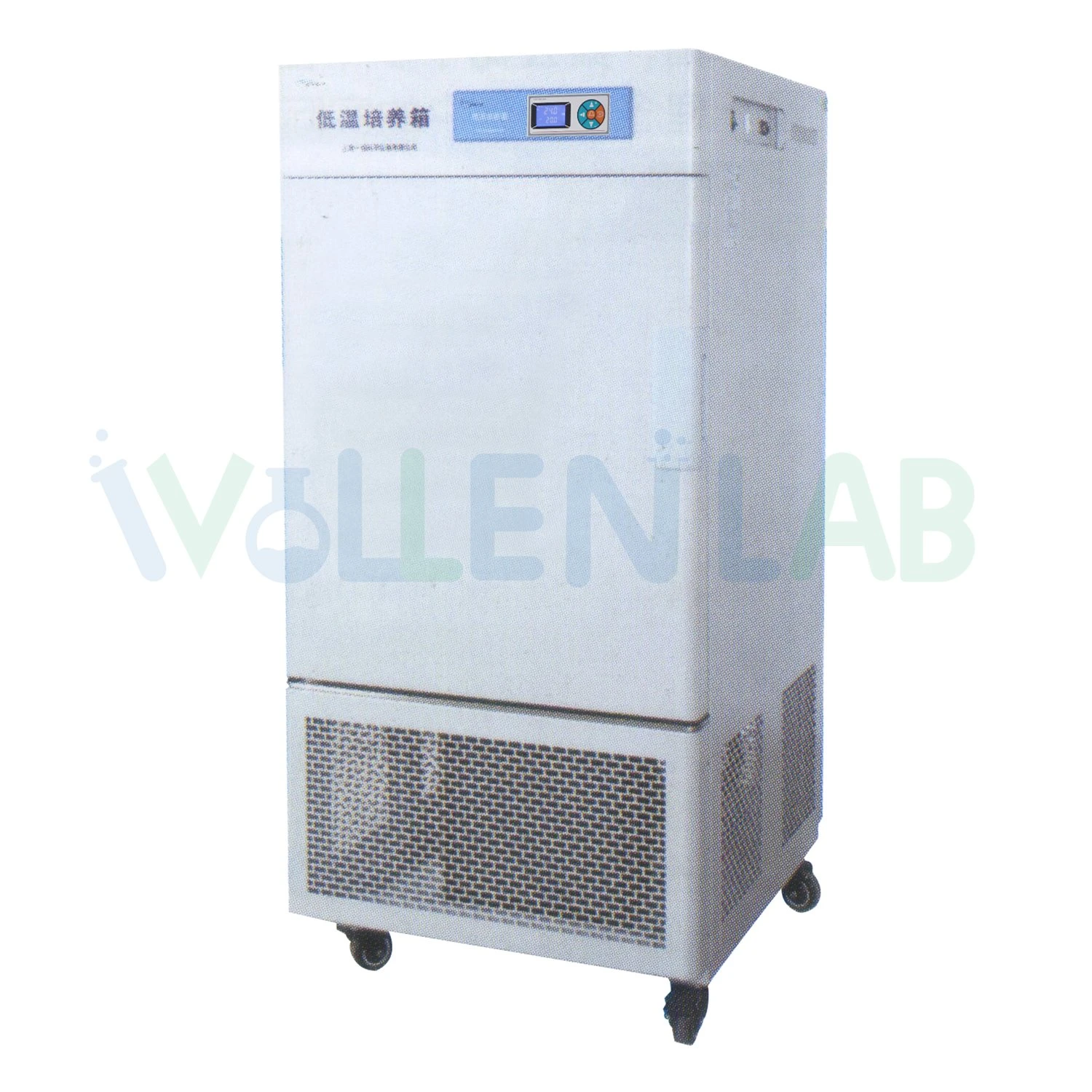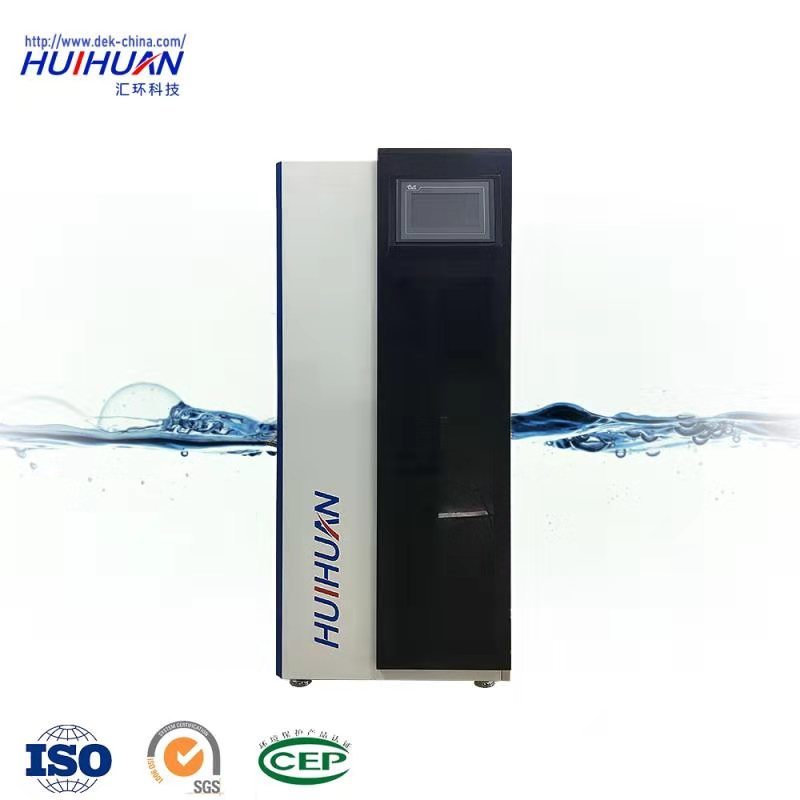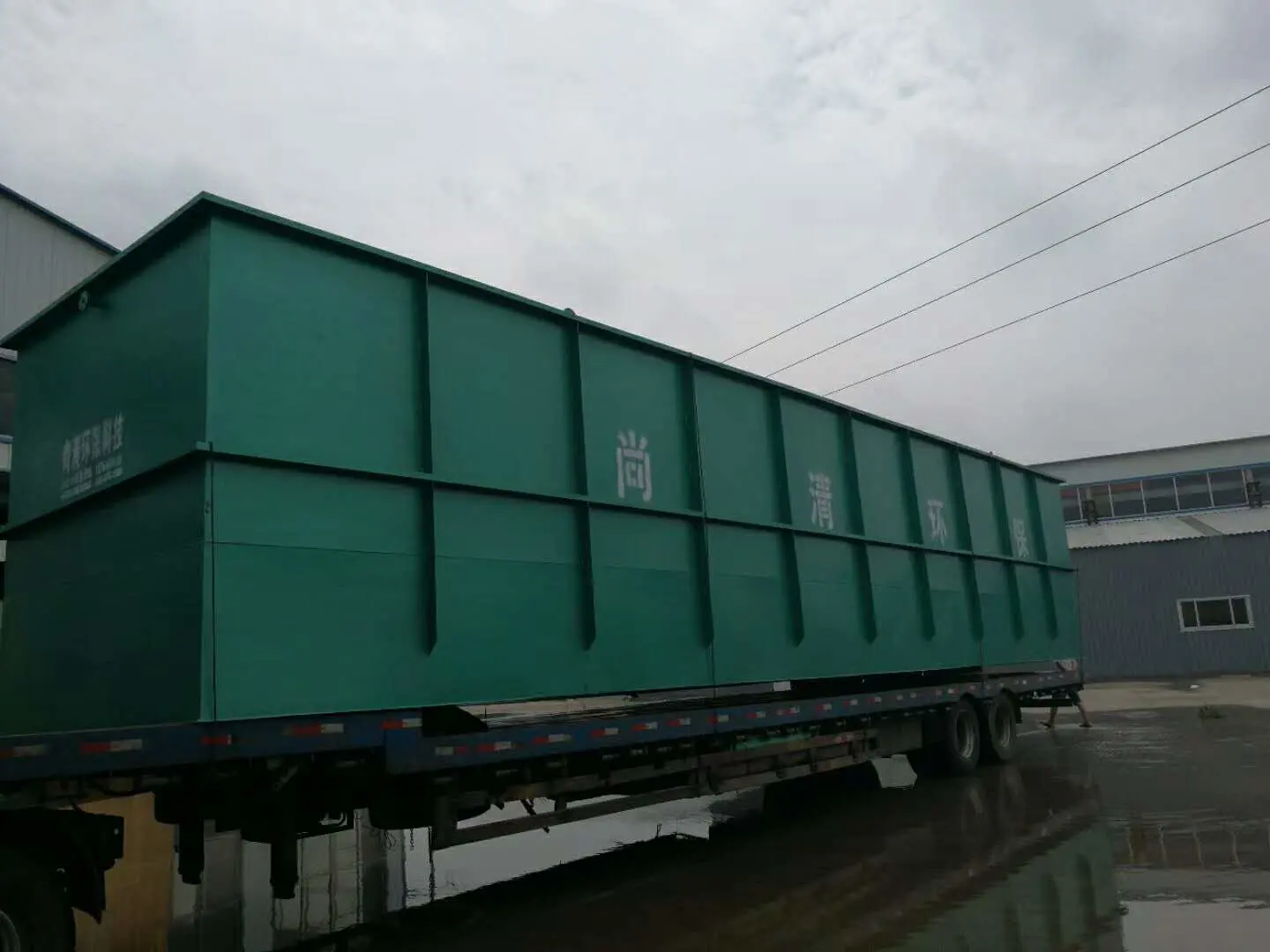Indonesian🇮🇩 ||Love what you have ||3rd Generation ||a dreamer ||UGM Soil Masters StudentsThe textile industry's annual water consumption is estimated at nearly 93 billion cubic meters.Of this amount, 4 percent of the water comes from fresh water supplies.The fresh water taken is then treated with dyes containing chemicals so that as textile producers, many countries are faced with the problem of water pollution and the potential for scarcity of fresh water.To obtain good water quality before being released into the environment, the textile industry in Indonesia is required to meet water quality standards in accordance with the Ministry of Environment and Forestry Regulation No.5 of 2014 concerning Wastewater Quality Standards.The regulation focuses on several conventional parameters such as BOD, COD, and TSS, but in waste treatment, in this case textile waste, the conventional standards in the Ministerial Regulation do not guarantee that water quality can be reused or recycled.This is because the highly polluted textile effluent must go through a series of further processing before being recycled.How is waste treated before it is released into the environment?What is the processing like?Textile wastewater treatment abstract graphic/Source: ars.els-cdn.comTextile Wastewater Treatment OverviewTextile wastewater treatment today is a method developed over many years, through a series of trial and error with a multidisciplinary approach to produce several processing techniques.The commonly known wastewater treatment techniques consist of sedimentation, equalization, and flucolation.



